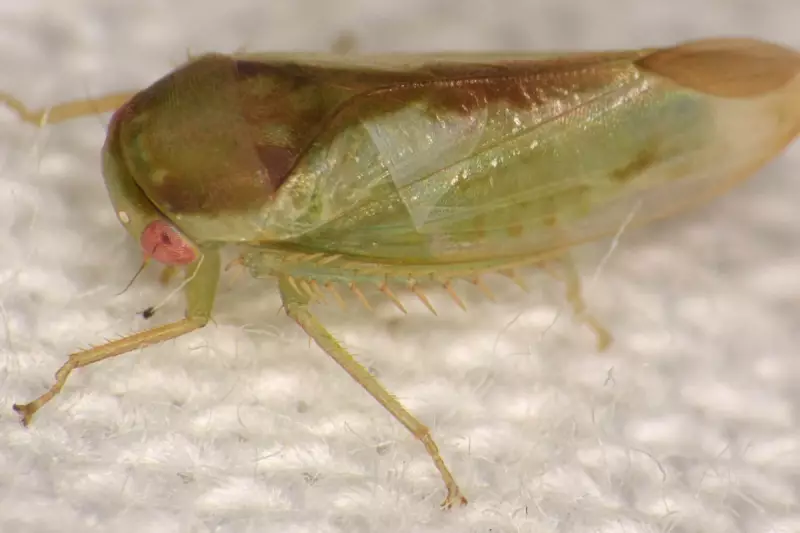
In a remarkable breakthrough for entomology, seven previously unknown species of frog-like insects have been officially confirmed as new to science following meticulous examination of their genitalia.
The Rainforest Discovery
These extraordinary leafhoppers, belonging to the genus Batracomorphus, were uncovered during fieldwork in Uganda's Kibale National Park by Dr Alvin Helden from Anglia Ruskin University. The researcher employed light traps positioned above 1,500 metres altitude within the rainforest to capture these elusive creatures.
The insects, whose name derives from the Greek for 'frog-shaped', display distinctive characteristics including mostly green colouration, large eyes, and the ability to jump using long hind legs that tuck alongside their bodies in a manner strikingly similar to frogs.
The Scientific Challenge
Dr Helden faced significant difficulties in confirming these specimens as genuinely new species. Leafhoppers within this genus appear almost identical to the naked eye, presenting a substantial identification challenge for researchers.
The breakthrough came through examination of the insects' reproductive anatomy. Leafhoppers operate on a "lock and key" reproductive mechanism, where the male genitalia acts as a uniquely shaped key that only fits the female genitalia of the same species. These complex structures, composed of the same tough material as their exoskeleton, prevent hybridisation by ensuring successful mating can only occur between individuals of the same species.
Significance and Personal Tribute
These seven new species represent the first additions to the Batracomorphus genus recorded in Africa since 1981. Prior to this discovery, science recognised 375 Batracomorphus species worldwide, with just two of these documented in the United Kingdom.
Dr Helden expressed profound satisfaction with the discovery, stating: "Leafhoppers are beautiful, endearing creatures. Although some can be pests associated with crops like maize and rice, overall leafhoppers are a really undervalued group of herbivores."
He emphasised their ecological importance, noting they serve as "an important source of food for birds and other insects, and their presence indicates a healthy ecosystem."
The naming process carried deep personal significance for the researcher. Dr Helden honoured six species with Greek names reflecting their distinctive features or discovery locations, while the seventh carries profound personal meaning.
Batracomorphus ruthae was named to honour Dr Helden's late mother, Ruth, who passed away in 2022. "Ruth was a scientist who worked in a hospital laboratory," he explained. "She bought me my first microscope, which I still have, and encouraged my love of science from the very beginning. Naming a species after her feels like the most fitting tribute I could give."
The research, conducted despite challenging conditions of heat and humidity in the rainforest, has been published in the respected scientific journal Zootaxa, marking another important contribution to our understanding of global biodiversity.





